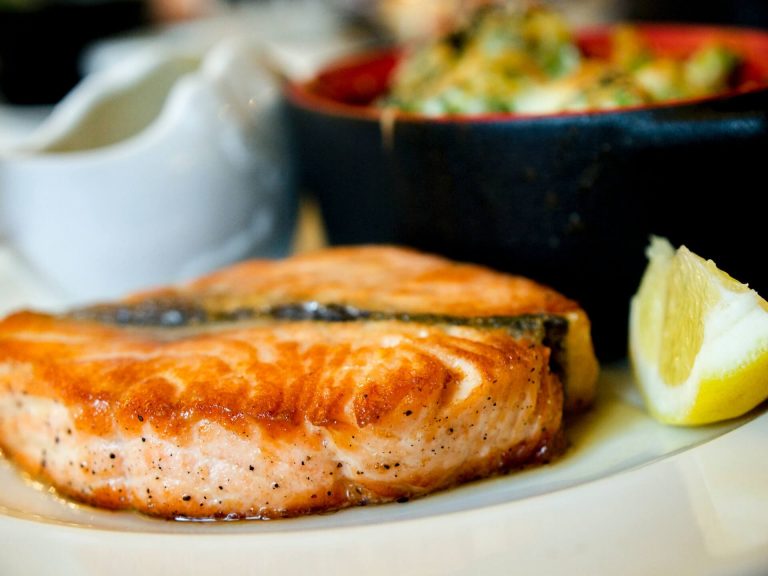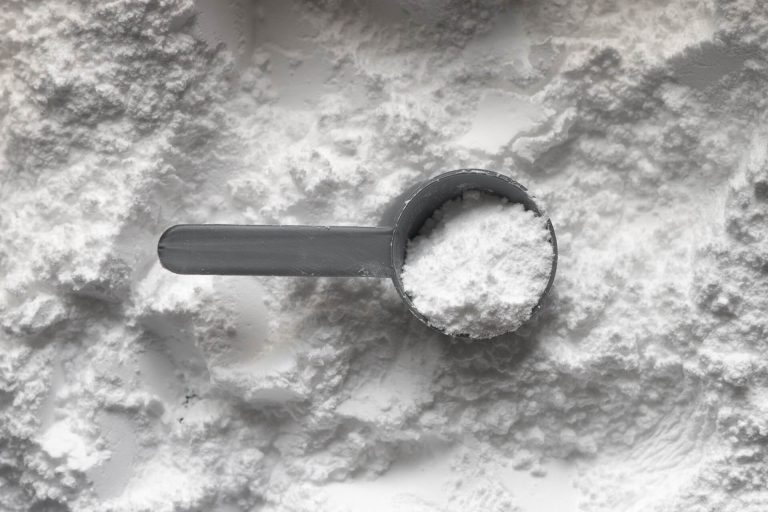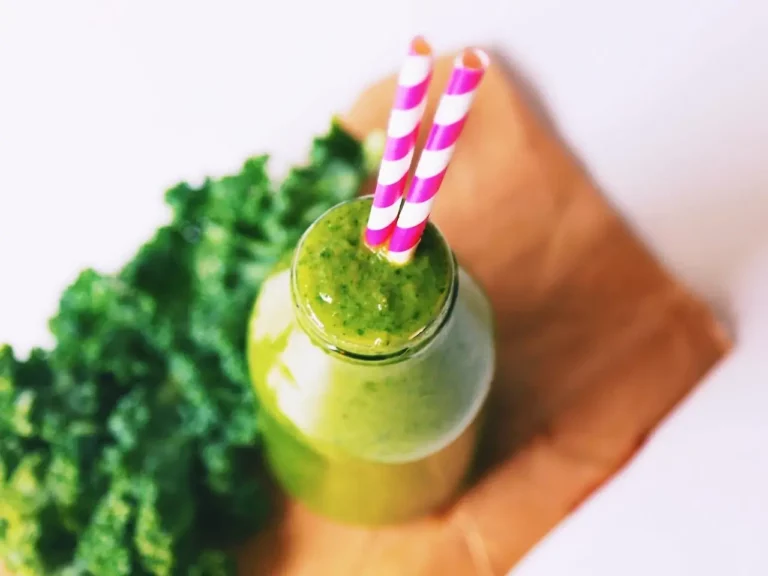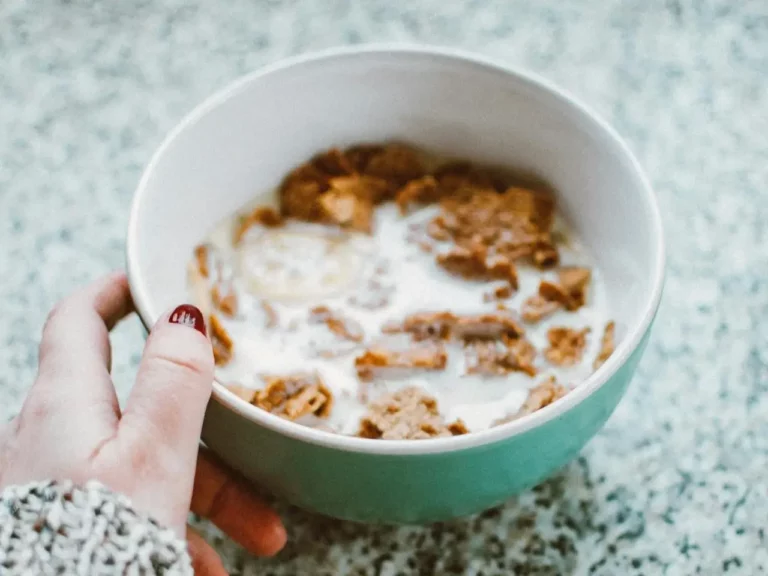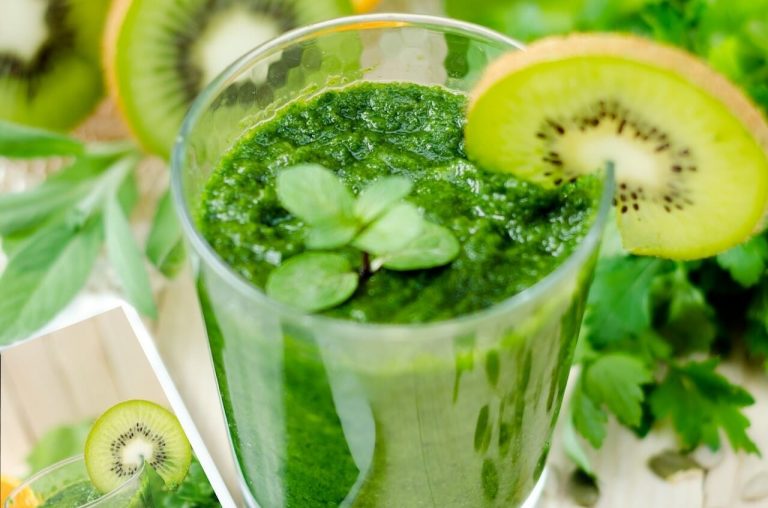Best Time To Drink Protein Shake For Muscle Growth
The best time to drink a protein shake is right after the training. But this is an oversimplified answer. There is much more to consider to be able to conclude what is the best time to drink a protein shake.
The most healthy way to build muscle mass is to train regularly, eat well-balanced healthy foods and drink enough water. Yet another oversimplified solution to a much more complex problem.
For example, if you track your daily calorie and macronutrient intake, you may find out something is missing. And whatever you do, you can’t find a valid solution to a problem.
When I started tracking daily calories and macronutrients, I noticed I can’t get enough protein in my diet. Whatever I did I was not able to eat enough protein.
After measuring my daily macronutrient intake, it turned out I should drink 2 protein shakes per day. That was fine, but then I started wondering what’s the best time to drink a protein shake.
The simple solution staring at my face was taking in protein in liquid form. This basically meant I should drink a protein shake.
How much protein do you need a day to build muscle?
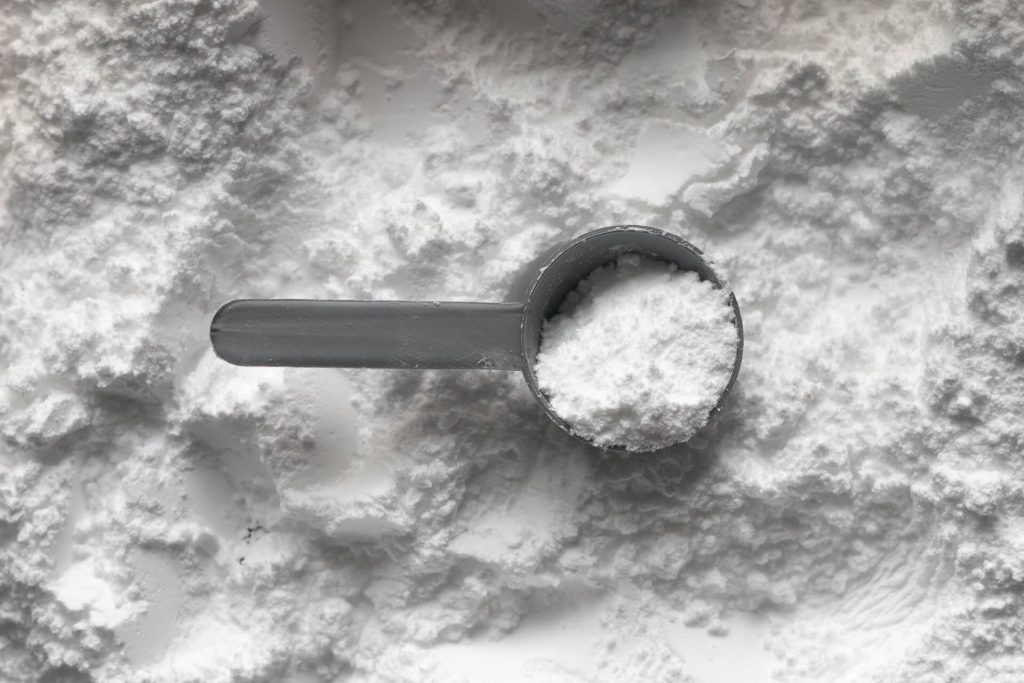
Here’s how I found out how much protein I should take in a day.
In recommendations from the US and Canadian Dietetic Association: “Protein recommendations for endurance and strength trained athletes range from 1.2 to 1.7 g/kg of body mass per day.”
I wanted to be in the upper range of those recommended values, so on my 72 kg, I should eat/drink around 120 – 125 g of protein per day.
However, when researching more it turned out that for older people (I’m over 50) protein doses should be 68% higher to stimulate the same muscle protein synthesis compared to younger adults.
On the other hand, I decided to use percentages of daily calorie intake instead of a fixed number of grams. So, rather than having an exact number for protein intake I used 30% protein, 40% carbs, and 30% fat distribution.
That is a little off from what research suggests:
- 25-30% protein
- 55-60% carbohydrate
- 15-20% fat
However, I was not able to reduce my daily fat intake to less than 30 percent. Because I wanted to take in more protein, the only way to be able to accomplish this was to sacrifice my carbs.
This approach forced me to take in more protein on a training day and less protein on a rest day. Which was also a valid approach. The research basically proved that taking in more protein on a rest day will bring in fewer and fewer results when increasing your protein intake above recommended values.
It turned out for me that I should take in around 180 g of protein on a training day and 165 g of protein on a rest day.
How to gain muscle?
There is a thin line of a slight caloric surplus you would want to be on if you want to build as lean muscle mass as possible. It is usually in the range of 5-10% above your current daily energy consumption.
For someone who struggles to get any muscle mass all the time, this might be even 10-15% above what you burn in a day.
On the other hand, someone who is overweight would want to be in a caloric deficit. It will help lose fat and build muscle mass at the same time. Especially if you are just starting out. This is also called a body recomposition.
How much should I eat a day to gain muscle?
It’s not that easy to determine exactly how much you should eat in a day.
You should know your basal metabolic rate (BMR). This is how much energy your body needs when you don’t do anything.
In addition to your basal metabolic rate, you should add your standard daily energy consumption. This depends on your normal daily activity.
In addition, you should add all your additional daily activities like workouts. This can be simplified if you are using a smart device that tracks your daily activity.
This can further be simplified by using an application that tracks your daily activity and your calorie and macronutrient intakes (food and drinks you take throughout the day). I use Cronometer for tracking both my training and my food consumption.
There are also other apps you can use, like MyFitnessPal.
Now you know how training and nutrition affect your body.
Basically, your body breaks proteins you took during the day down to amino acids. Then your body uses those amino acids to rebuild your muscle fibers while you rest. This is called muscle protein synthesis.
So, you should take enough protein during the day to build muscle.
Different types of protein shakes
There are four different types of protein shakes available today:
- Weight gainer protein shakes
- Whey protein shakes
- Casein protein shakes
- Other protein shakes
Weight gainer protein shakes
Weight gainer protein shakes are primarily used by hard gainers. Those are skinny guys who can’t eat enough food throughout the day.
The easy solution for them is to drink the calories they miss from the food they eat. For hard gainers, this is a great solution to this problem.
The main problem though is that most weight gainers have their macronutrient ratios way off from what they need to be. Most of those supplements are loaded with carbs. Some have high doses of fat.
This, in turn, leaves you with a low proportion of protein. This makes it pretty hard for an uninformed hard gainer to pick the appropriate shake for his needs.
Another, even bigger problem with some weight gainer protein shakes is the composition of those carbs. Some of weight gainers have high dosages of sugars which causes insulin spikes in your metabolism.
According to Heather Alexander insulin spikes can cause diabetes, heart problems, kidney problems, problems with eyesight, and nerve issues like neuropathy, where you lose feeling in your fingers and toes.
Taking into consideration all problems mentioned here, I’ve done detailed research on the best protein powders for weight gain.
Whey protein shakes
Whey protein is derived from milk. It’s one of the best-known proteins out there. It is also the most used one.
The main benefit of whey protein is that it is easily digested.
Most of the protein shakes made of whey protein will have a high proportion of proteins. After all, this is what you would want from a protein shake – the most protein you can get and the least possible quantity of carbs and fat.
Casein protein shakes
Another protein derived from milk is casein protein. It’s a little different from whey protein.
The main benefit of casein protein is that it is a slowly releasing protein. This makes it a great choice before you go to sleep.
Another time you might consider using casein is during the day when you know you can’t eat for longer periods of time. For example, before you go to work.
Which is better casein or whey protein?
There is a wide variety of protein shakes available today. Shakes are made from new sources every year.
Two protein shakes stood the test of time and are proven among athletes. It’s casein protein and whey protein. Both are derived from milk.
Cows milk consists of around 80% casein protein and 20% whey and other protein.
Whey protein is digested faster than casein protein. However, this doesn’t make it better or worse, just different.
Other protein shakes
There are two main other types of protein shakes:
- Animal proteins
- Plant proteins
Animal proteins
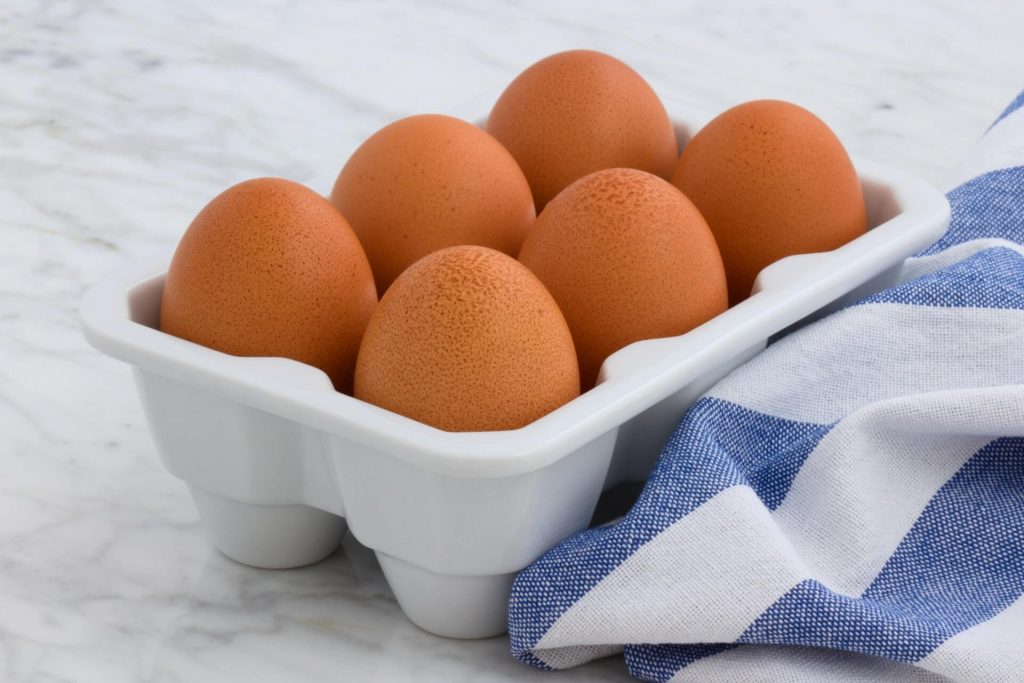
Although whey and casein proteins are animal-based. Here we are talking about proteins from animal meat or eggs (beef and egg white protein powders).
If you are looking for diversity, animal proteins could be another source of protein for you. Some of which I’ve been looking at had a very high percentage of proteins and a very low percentage of carbs and fat.
All animal-based proteins contain all 9 essential amino acids.
However, whey protein has a higher quantity of essential amino acids compared to beef protein powders. Beef protein powder can be great if you are dairy or whey sensitive.
Another animal source of protein is egg white protein. Egg white protein contains the same amount of protein and less fat and carbs than whey protein.
Whey is absorbed a little faster than egg white, but in all regards can be used as an alternative to whey protein.
Both beef and egg white protein powders tend to be pricier than whey protein powders.
Plant proteins

Plant proteins as a source of protein could be problematic in some cases. Most plants do not contain all essential amino acids.
So, if you must use a plant-based protein shake be careful that it contains all 9 essential amino acids.
Like beef and egg white protein powders, plant proteins come at a premium price.
Protein shake before or after a workout?
There is debate around the internet if the timing of taking in protein matters at all or not. Some sources cite that it doesn’t matter when you take your protein as long as the quantity is right.
Others say it’s best to take your protein shake after the training.
When I find opposing views, I turn to scientific research.
Witard, MacNaughton, and Moore’s research showed that when you take larger quantities of protein after the workout you will get higher muscle protein synthesis. Meaning, taking more protein after your workout will also help you build more muscle.
If you have to choose the best time to drink protein shakes, it’s right after a workout (in the first 30 minutes after the workout).
The best time to drink protein shake

How do we then decide what is the best time to drink protein shakes?
Research shows that casein protein is great for consumption right before sleep (up to 30 minutes before sleep). It’s digested slowly and is also great for recovery after exercise. So you can use it in both cases.
On the other hand, whey protein is great to use right after the exercise (up to 30 minutes after the workout).
To conclude, if you are taking 2 protein shakes during the day it’s best if you take your whey protein right after the workout. The best time to get your casein protein is right before going to bed.
In some cases, casein protein can make you feel bloated. So if it doesn’t go well with your digestion, you can use whey protein instead.
If you have the same problem with whey protein, you can try egg white or beef protein. If you are looking for protein powder from animal sources, you can use those as alternatives.
You can also use a plant-based protein powder, but be careful that it contains all 9 essential amino acids.
Lastly, if you can’t eat enough calories throughout the day, you may try weight gainer protein powder as a liquid meal.


